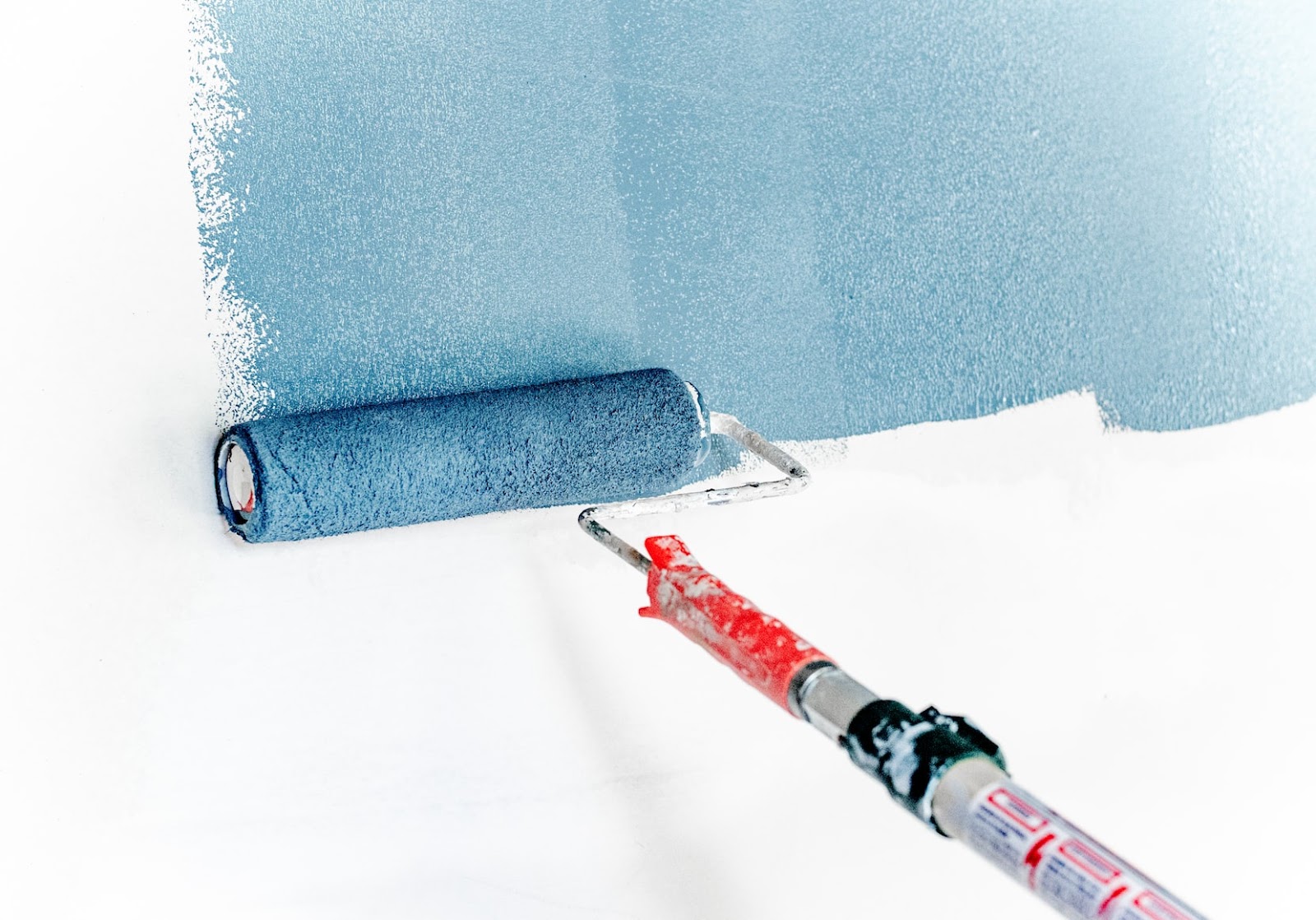When painting for maintenance, choosing the right type of paint is essential to ensure a beautiful and long-lasting finish. Ceiling and wall paint might look the same at first glance. However, they are formulated to adjust specifically to the needs of each surface. But what if there is no ceiling paint available? Can you use wall paint on the ceiling? Find out the questions to your wall and ceiling paint answers and more in our blog.
Types of ceiling paint and their characteristics
When you go to a paint store, you may find several types of ceiling paint, each with unique characteristics. Most ceiling paints are formulated to cover imperfections. When painting your ceiling, you must consider how you will use the room and what type of ceiling you have.
Here are some of the different types of ceiling paints to help you make an informed decision:
Flat ceiling paint: This flat paint has a smooth, matte finish, excellent for hiding imperfections with low reflectivity.
Eggshell ceiling paint. This paint is the most popular after flat ceiling paint. It has a low-sheen finish.
High-gloss ceiling paint. This type of ceiling paint has a glossy, mirror-like finish that reflects light. It’s typically designed to use in high-traffic areas like the kitchen and bathroom.
Types of wall paint and their characteristics
When painting walls, here are some of the paints you may want to choose from:
Latex-based paint. This water-based paint dries quicker than most wall paints and has low volatile organic compounds (VOC) levels. It hides imperfections and comes in flat, eggshell, satin finish, semi-gloss and high gloss.
Oil-based paint. This petroleum-based paint dries to a hard, robust finish but has a strong odour, takes longer to dry, and is messier to clean up than latex-based paint.
Acrylic-based wall paint. This water-based paint dries quickly to a durable waterproof finish.
What are the differences between ceiling paint and wall paint?
Generally, ceiling paint contains less volatile organic compounds (VOCs) than wall paint. Ceiling paints cover more surface area with as little as one coat. Wall paints may require several coats to get the same coverage. Finally, ceiling paint has a flatter finish than wall paint, making it excellent for hiding stains.
Can you use wall paint on the ceiling?
You may paint your ceiling with wall paint but keep in mind that ceiling paints have a higher viscosity than wall paint. This means wall paint may drip if you use it to paint your ceiling. Make sure you have a drop cloth if you need to use wall paint colour, to catch drips from your paint roller.
Drawbacks of using wall paint on the ceiling
There are several other drawbacks to using wall paint on the ceiling. Wall paint often has a shinier finish than ceiling paint. This type of finish may highlight imperfections in the ceiling. Most ceiling paint has a flat finish which helps it to cover stains and imperfections.
Another drawback to using wall paint on the ceiling is that ceiling paints are generally more resistant to yellowing and fading than wall paint. If you use wall paint on the ceiling, it may fade quicker.
Factors to consider before using wall paint on the ceiling
If you want to use wall paint on the ceiling, you might want to consider some factors. Before you paint, check the area and make any necessary repairs, especially on textured ceilings. Next, you’ll want to decide on the colour. Wall paints come in a range of colours. Ask yourself if you want a light colour or a dark colour. You’ll also want to consider the kind of finish. A flat finish is typically preferred for ceilings because it helps hide imperfections. Finally, take into consideration the level of VOC in wall paints.
Related: Best Colour Temperature To Choose For Your LED Office Lighting
The importance of choosing the right type of paint
In addition to other elements, choosing the right type of paint affects the look, durability, safety and cost of your house painting project. The perfect paint can give you a beautiful finish, protect surfaces from damage and is cost-effective.
Related: 6 Trendy Inspo For Office Fitouts in Sydney
The right paint can spell success for your project
You can use wall paint for the ceiling, but make sure you consider the differences between the two so you can make the necessary adjustments. However, sometimes you may need professional painters to get the job done right. Are you looking for professional advice on your paint project? Contact us. We can help.







